What does it mean to be alive?!
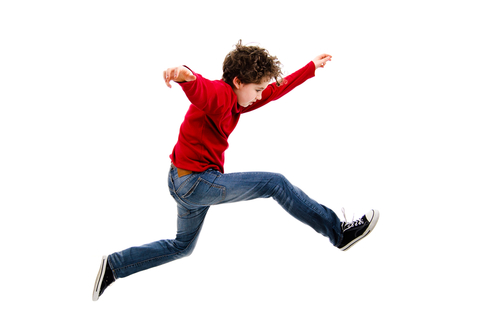
That's a big question, but we can break it down.
There are seven main life processes that tell us if an object, plant or animal is living. They are:
> movement
> respiration - breathing and getting energy from food or other sources (like air for plants).
> sensitivity - senses, feelings and noticing changes around them.
> growth
> reproduction - this means making more living things like itself, plants drop seeds and animals have babies.
> excretion - creating a waste product.
> nutrition - using food for energy and to grow
Today, we will be focusing on movement, growth and respiration, as signs of something being alive.
Let's look at things that have never been alive.
These are objects made from man-made materials, or materials that humans can extract from deep underground. Materials like:
|
Iron Aluminium Steel Clay These are all from natural materials, but not a living animal or plant. |
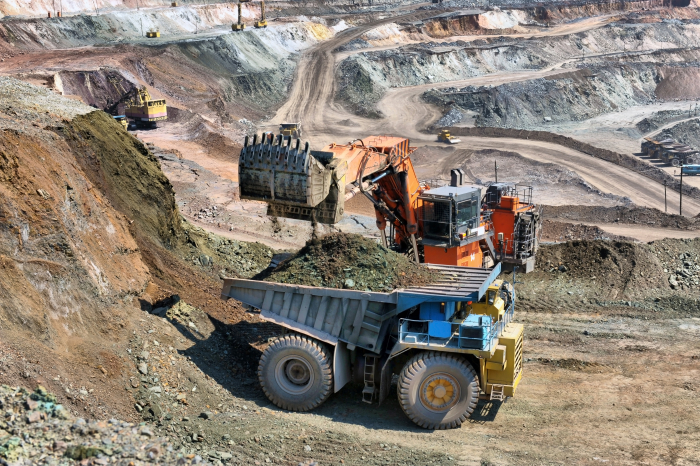 |
 |
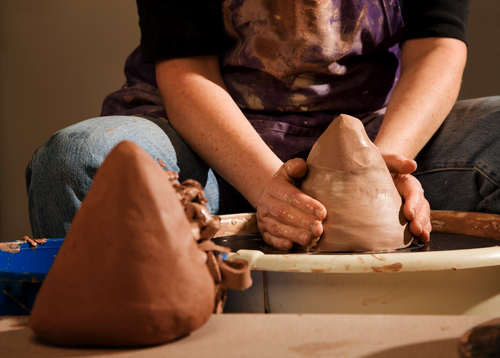 |
|
Plastic Nylon Paint These are all artificial and produced with chemicals. |
 |
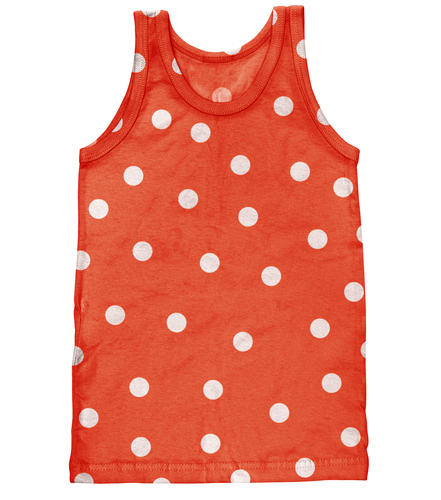 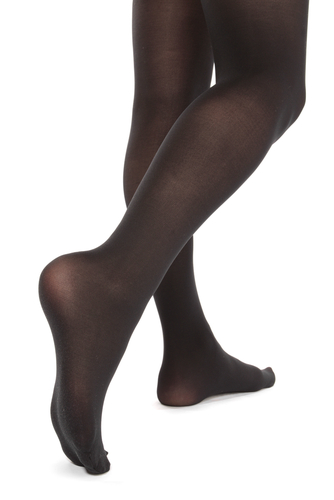 |
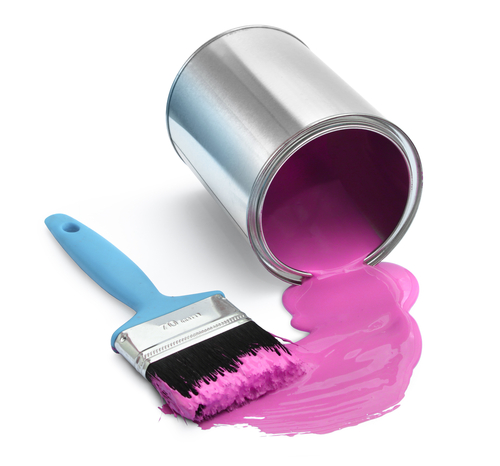 |
Objects that are no longer alive include:
 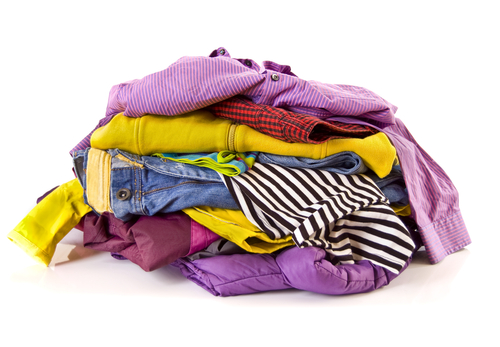 |
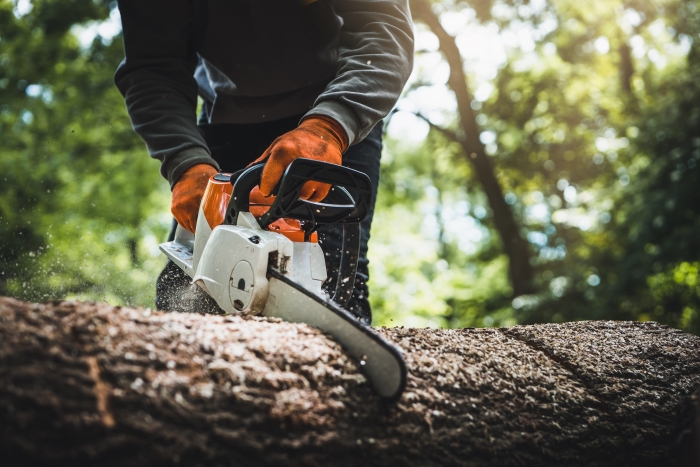  |
|
Cotton - taken from a living cotton plant. It is picked, cleaned and spun into cotton thread to make material for clothes and all sorts of things! |
Wood, paper, cardboard - cut down a living tree and turn it into different materials. Wood is cut and then cut very thinly and soaked and dyed to make paper, or paper cups, or layered to make cardboard boxes! |
 .jpg) |
 .jpg) 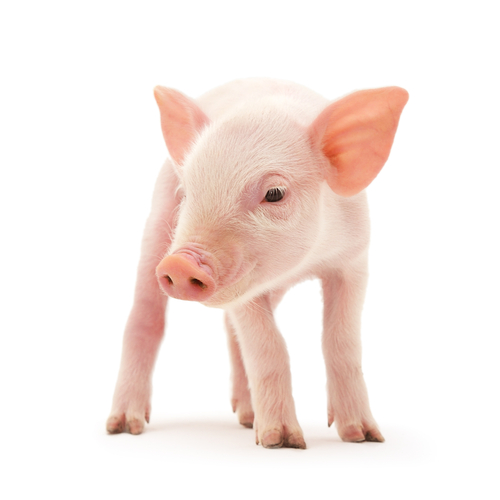 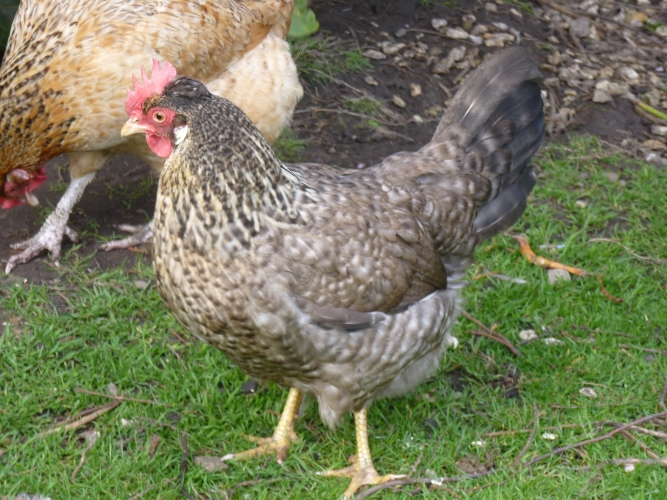 |
|
Wool - sheared from a living sheep. It is sheared off, cleaned, dyed and spun into long wool to make clothes with! |
Meat - pork, beef, chicken. - from a living animal, killed to be eaten, like pigs, cows and other animals. Leather is another material that is taken from cows, but it cannot be sheared off like sheep's wool and is dead when it is used for shoes or belts. |
Things that are living:
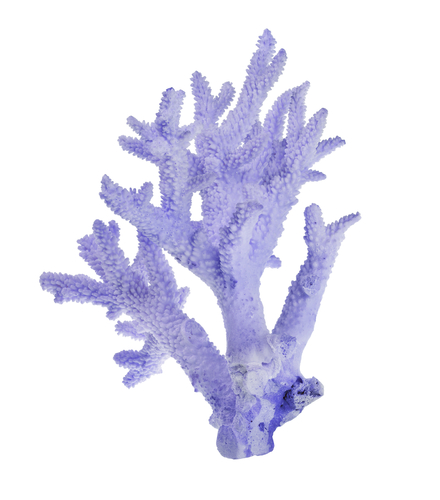 |
 |
 |
| Coral - is an animal, not a plant! | Seahorse | Human |
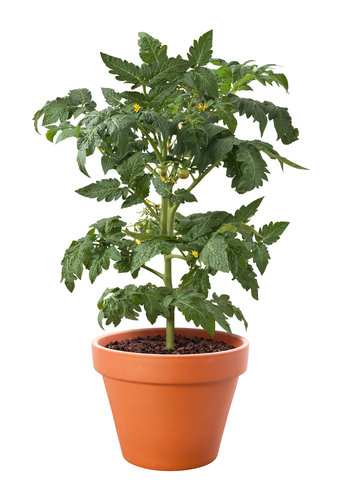 |
 |
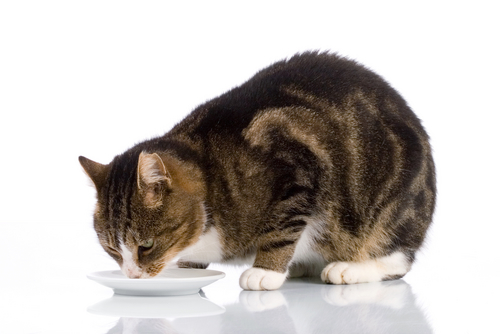 |
| Tomato Plant | Daisy plant | Cat |
All of these can breathe, move by themselves and reproduce (make more like themselves), as well as all the other life processes.
Today, we will be remembering what the life processes are and classifying (sorting) into dead, alive or never alive.
Let's go!







